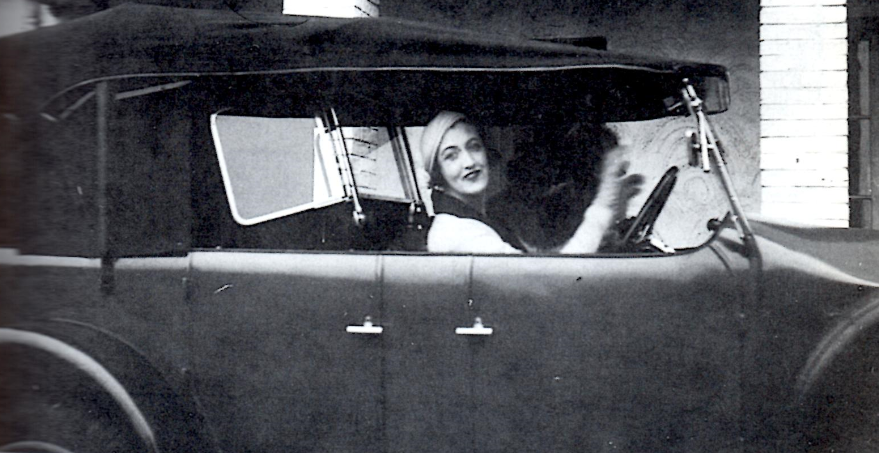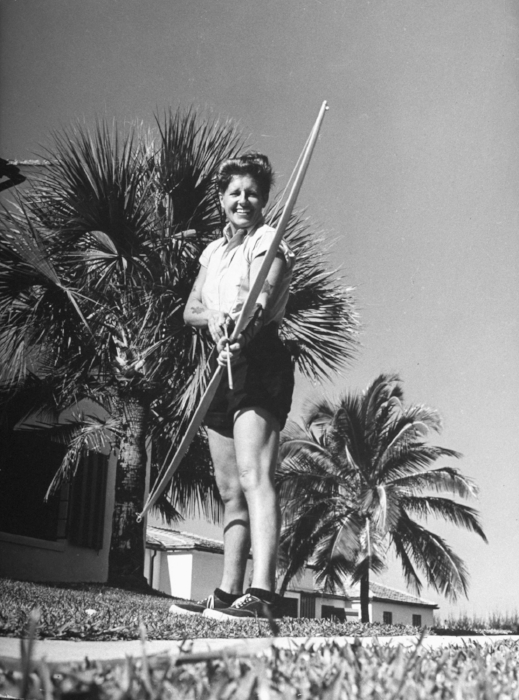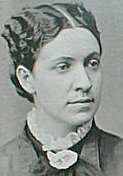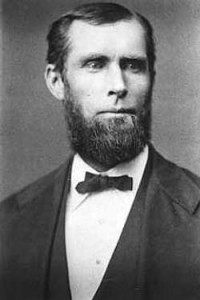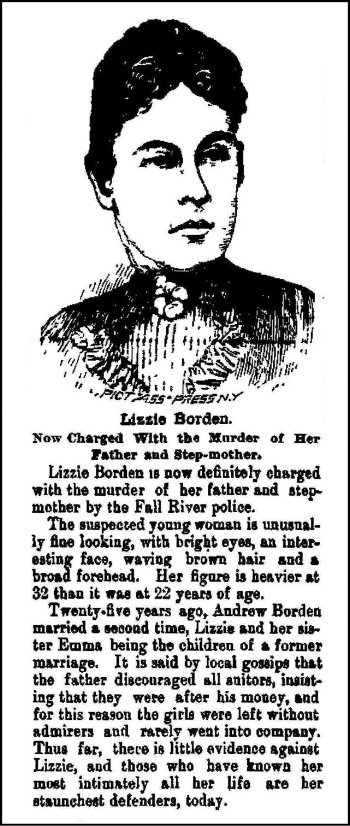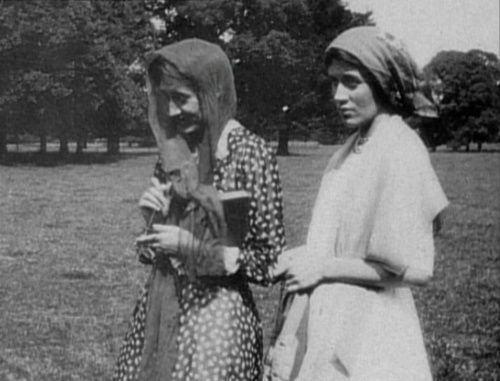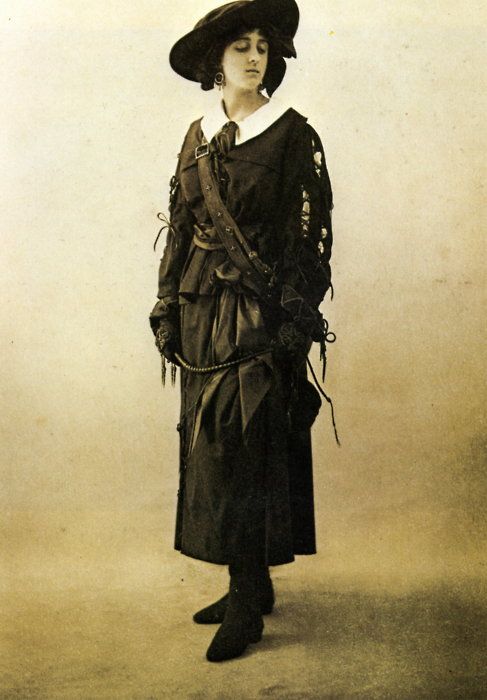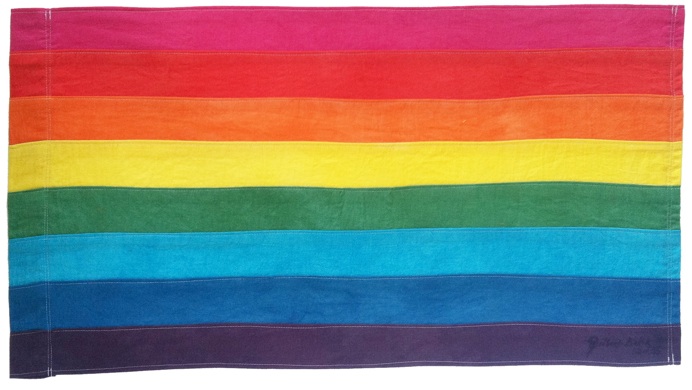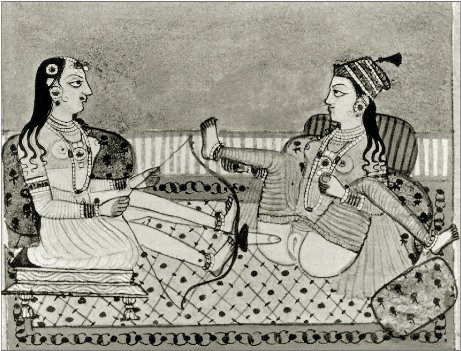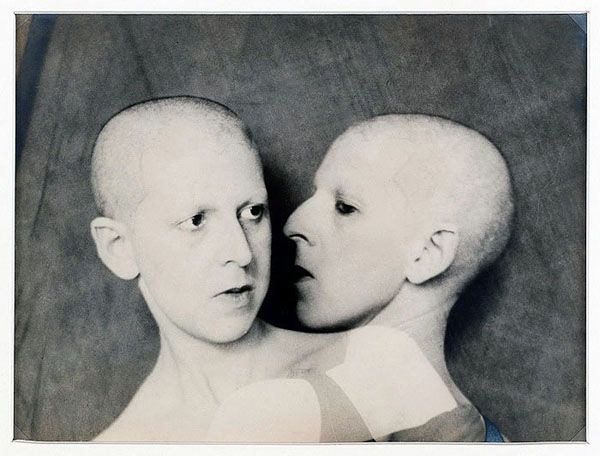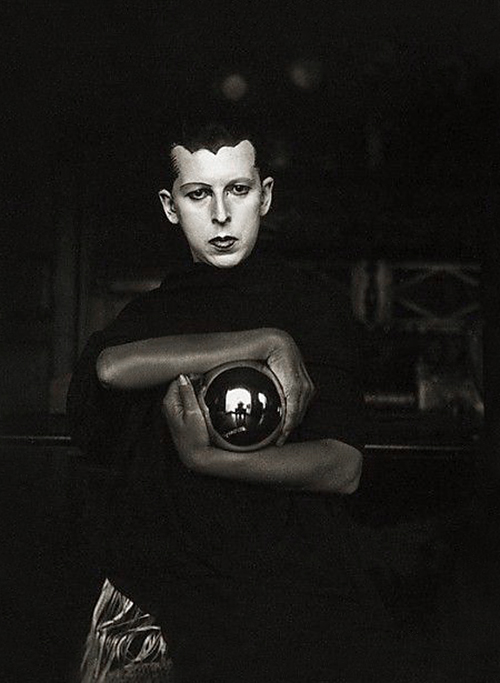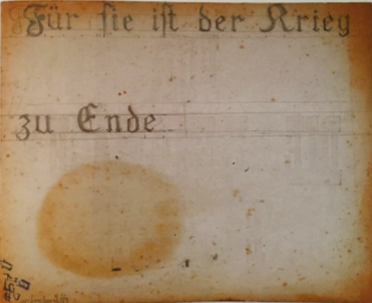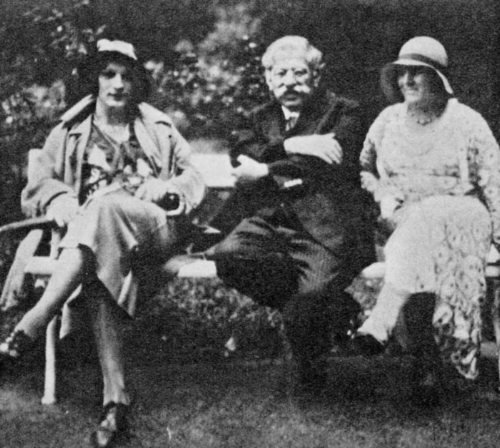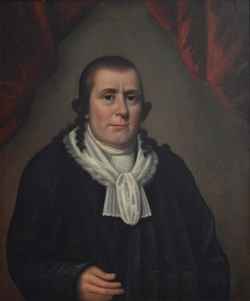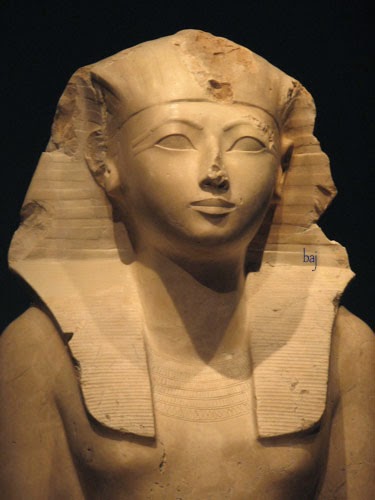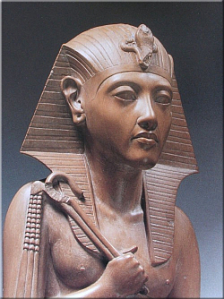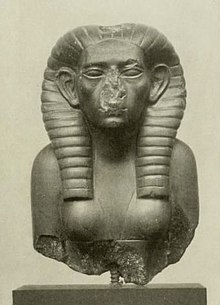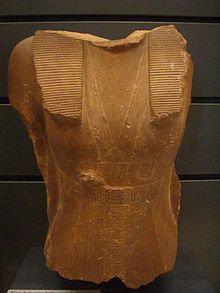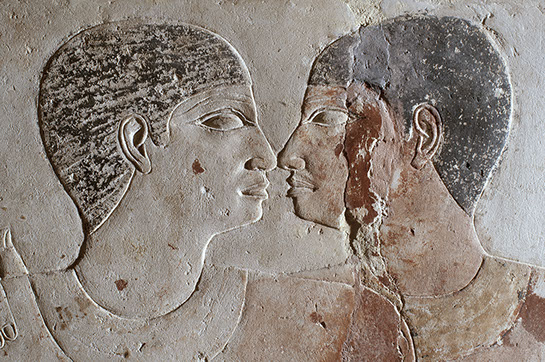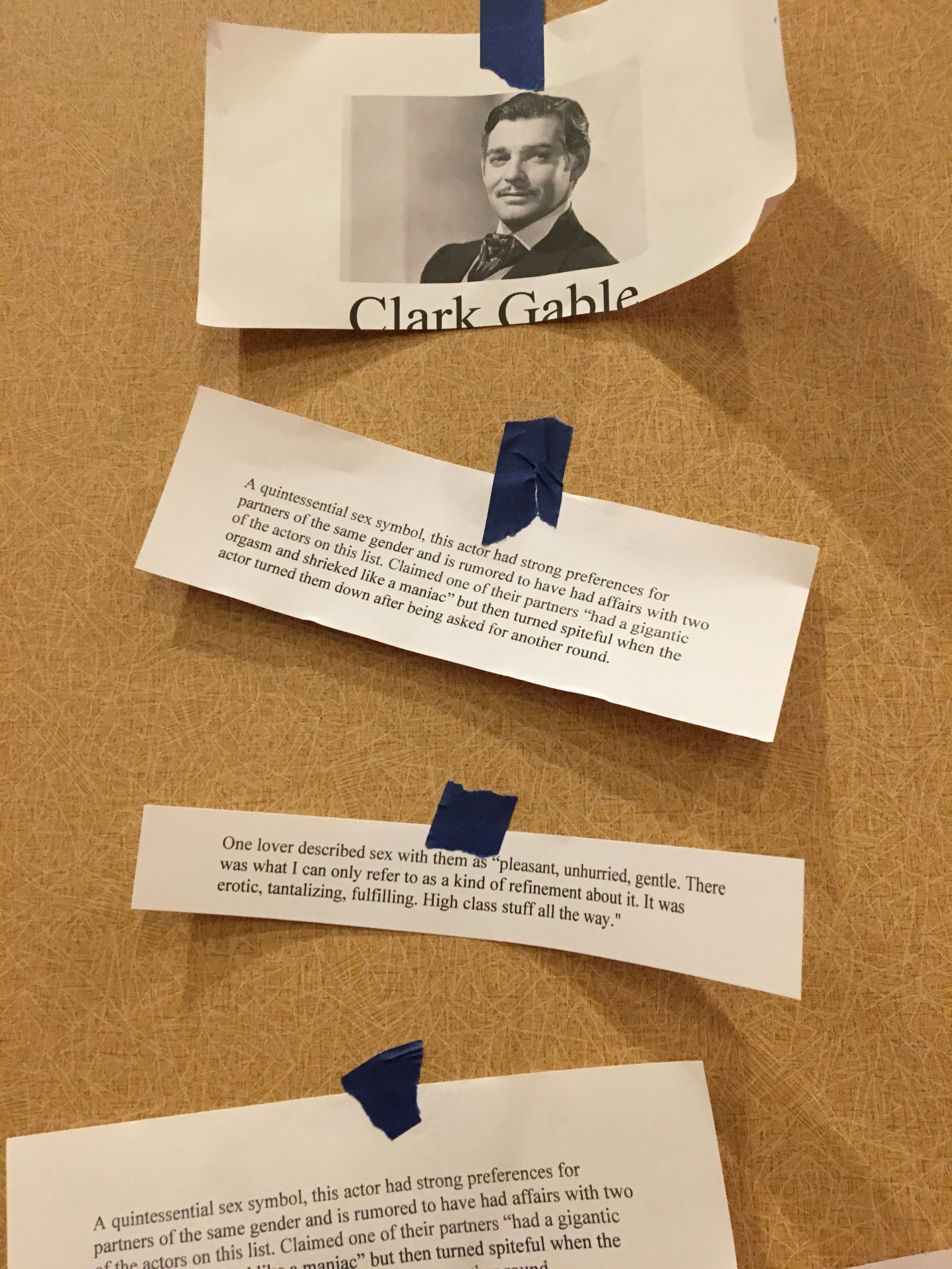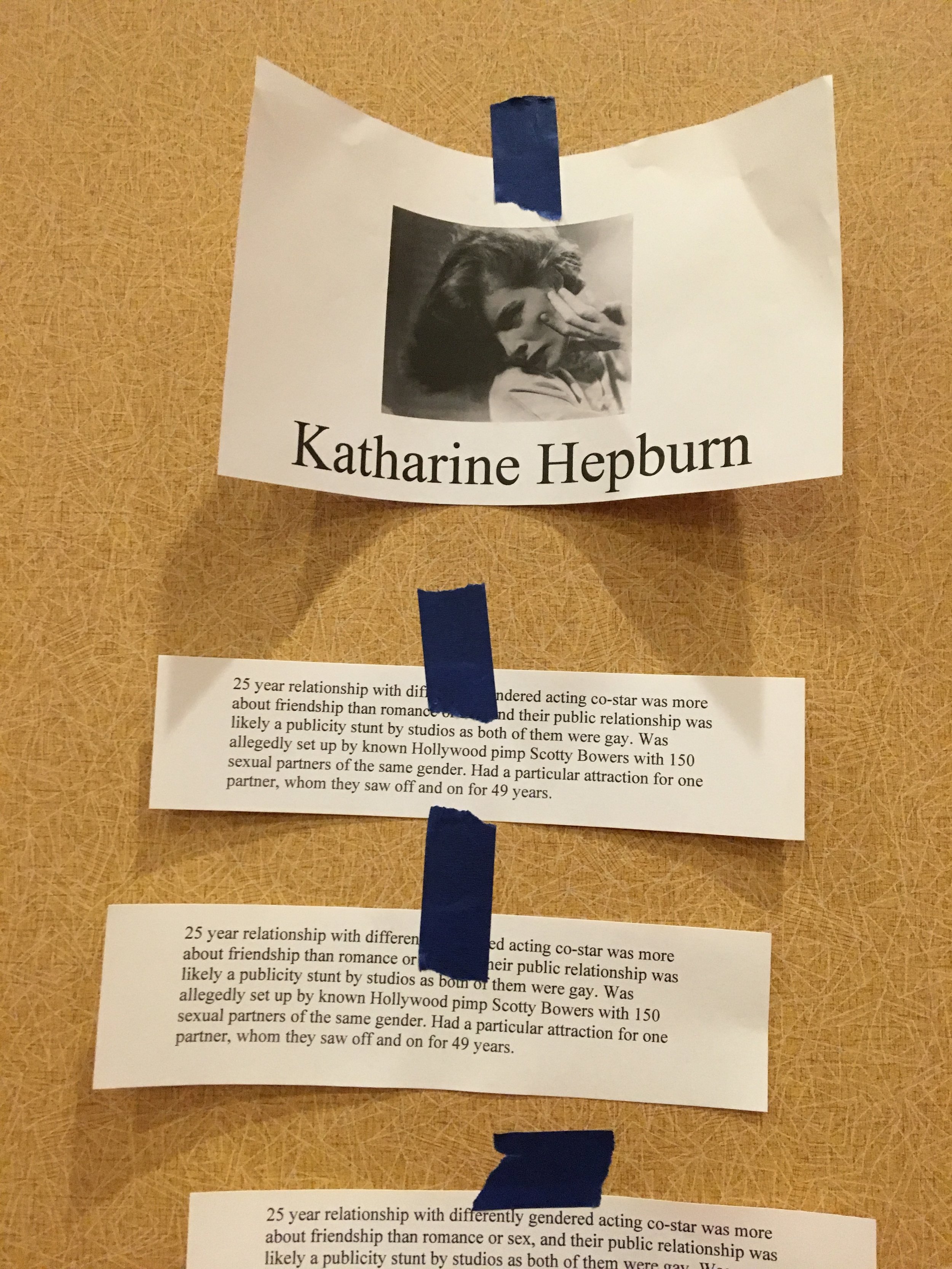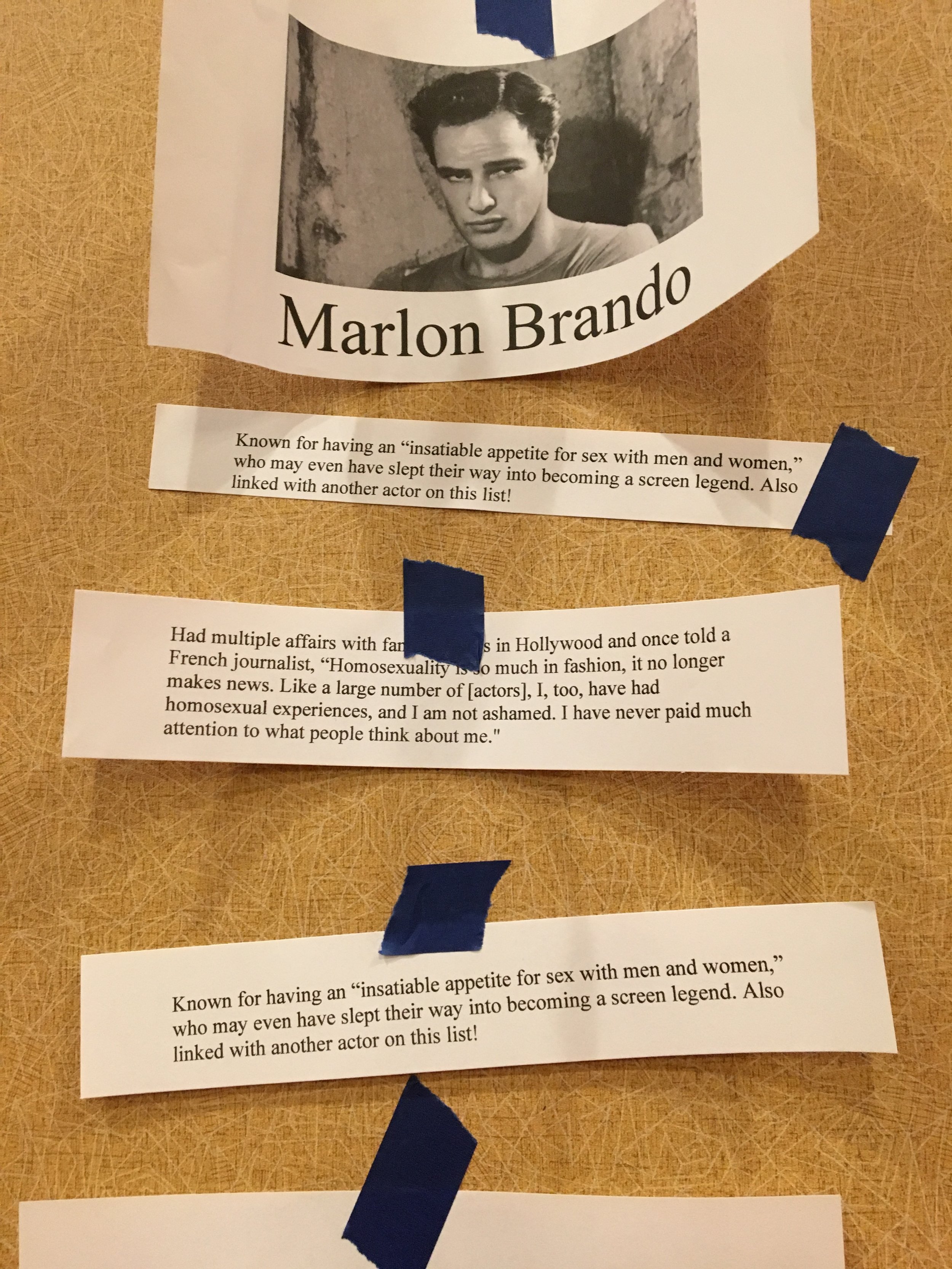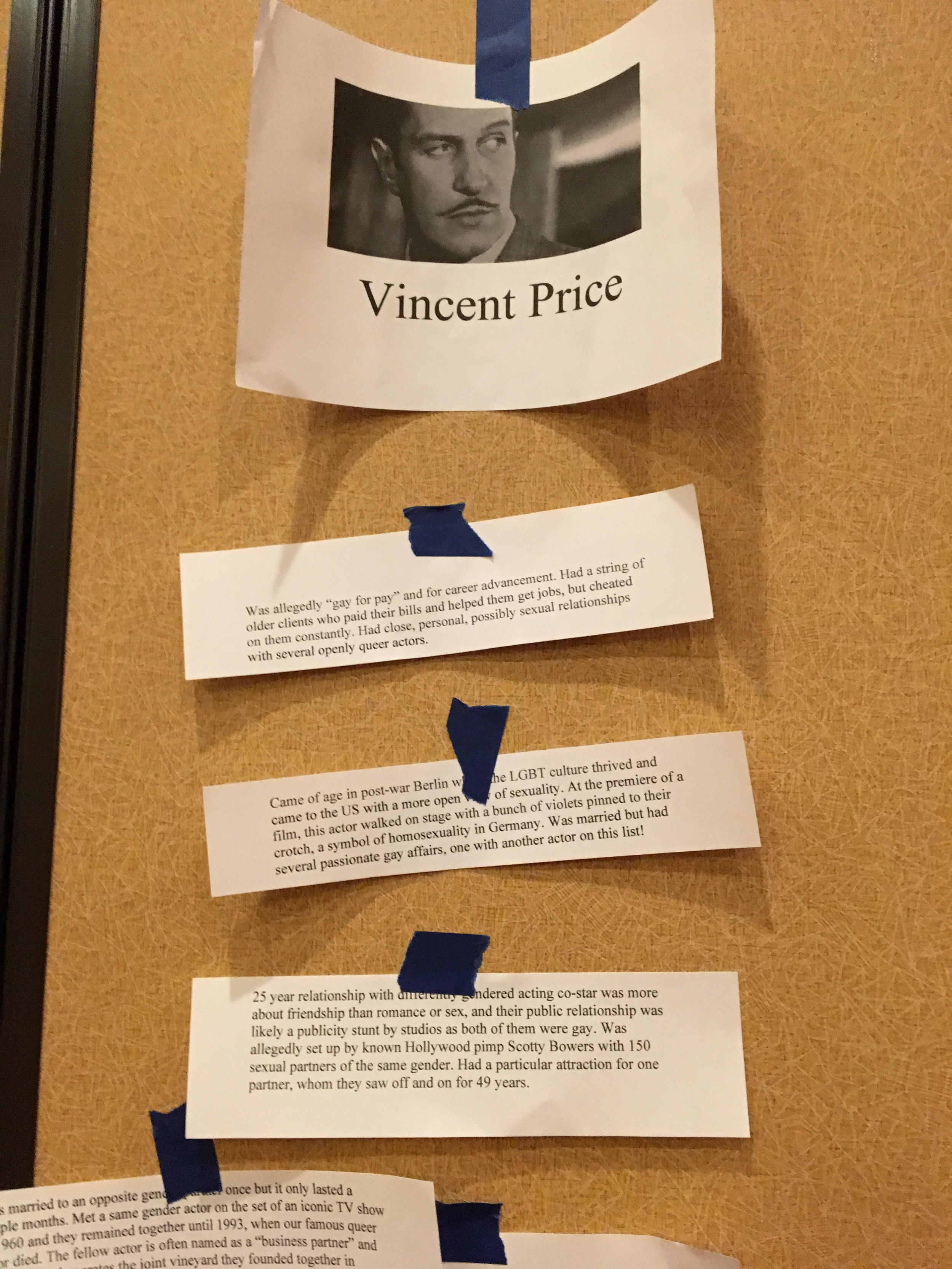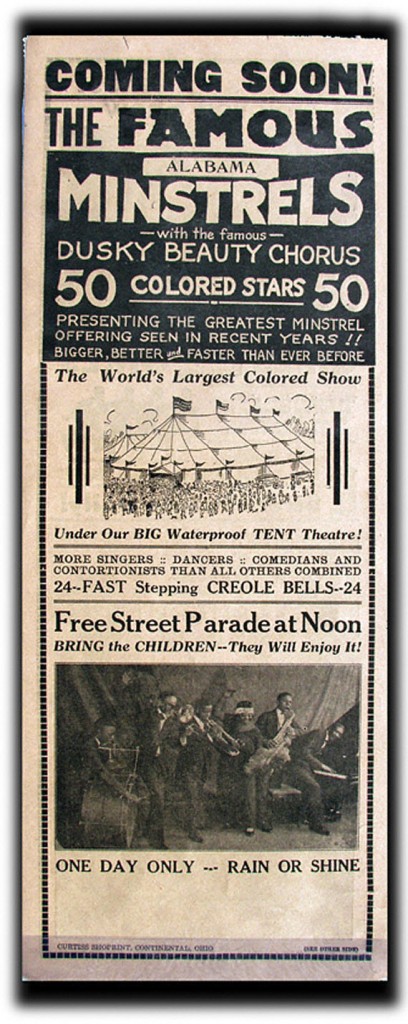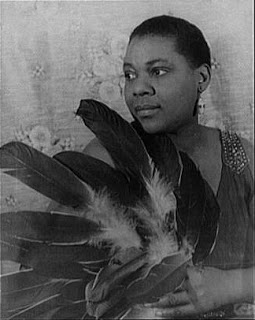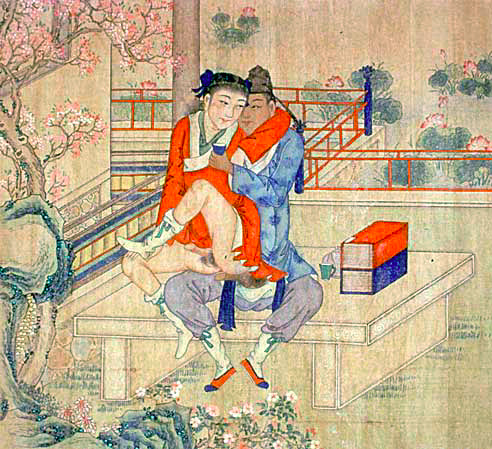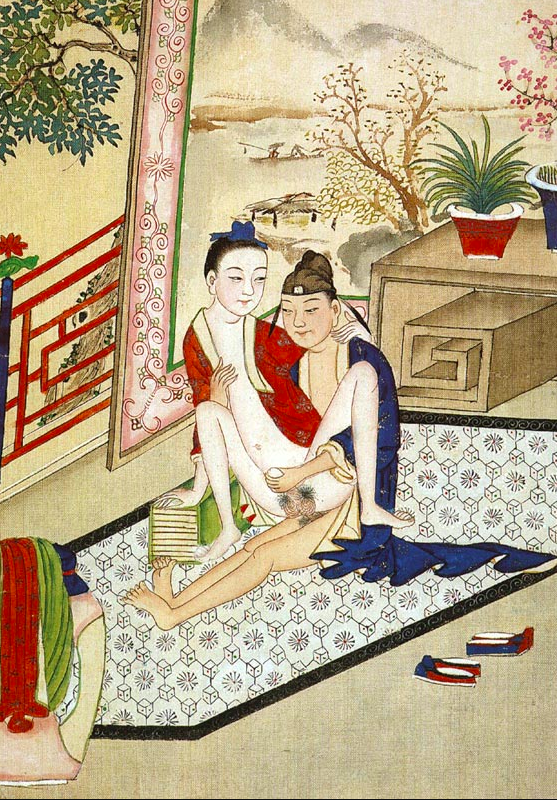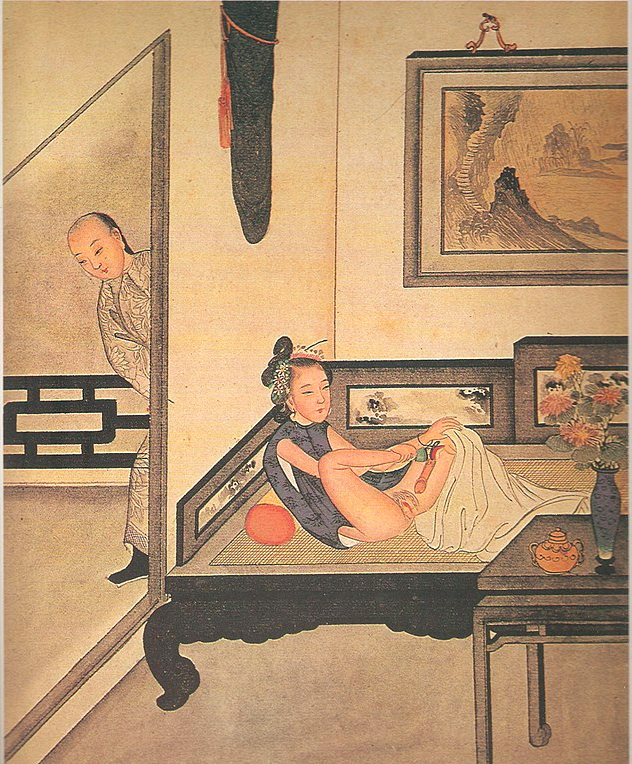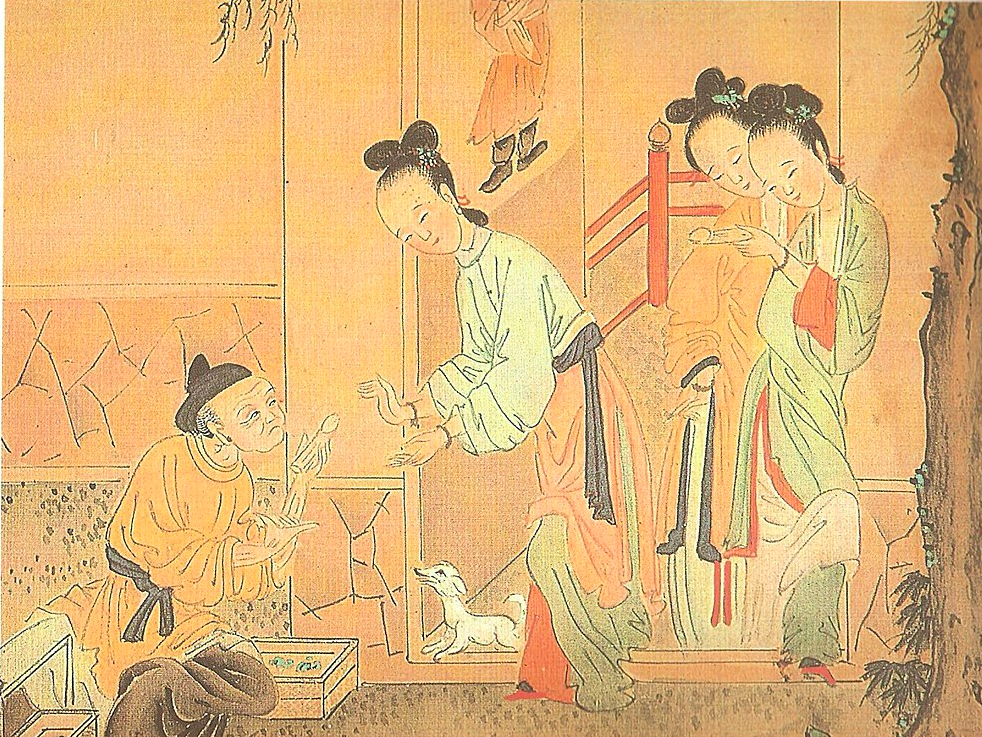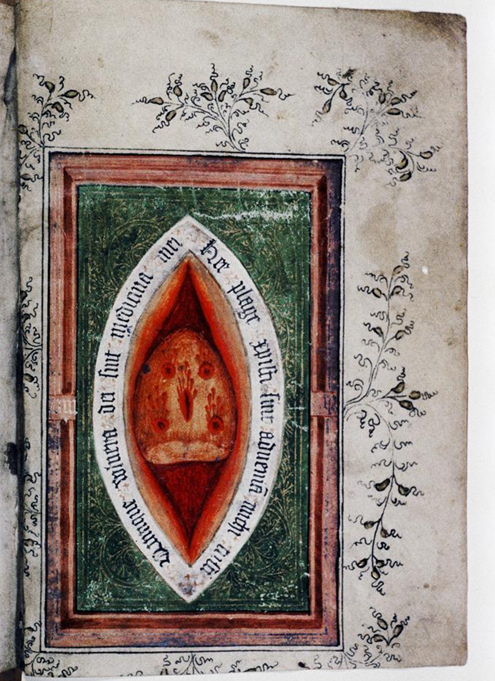19. Queer Poetry in the Not-So-Great War: Siegfried Sassoon
/We’ve got a special episode for you this time, gayvenclaws! Gretchen is taking care of a family medical emergency, so join Leigh and special guest Hayden Smith as they discuss the famous WWI soldier Siegfried Sassoon. A writer, poet, and novelist known for his anti-jingoist, anti-war poetry, Sassoon was willing to showcase the horrors of the trenches for foot soldiers. Sassoon also had multiple relationships with men prior to his marriage, including a fellow poet who died in the war. It’s a tale of love, loss, grief, anger, and healing as we dig into this fascinating fellow and his prolific poetry!
Find Hayden Smith Online
A Closer Look at Siegfried Sassoon
Siegfried Sassoon (front row, center) with his brother Hamo and other students at Cambridge, 1906.
Siegfried Sassoon by George Charles Beresford, 1915.
Portrait of the poet Siegfried Sassoon by Glyn Warren Philpot, 1917.
Siegfried Sassoon by Bassano Ltd, 23 August 1920.
Siegfried Sasson and Ethel Fane (Lady Desborough) in his car, January 2, 1926.
Edith Olivier, Siegfried Loraine Sassoon, and Hester Sassoon (nee Gatty), Date unknown.
Stephen Tennant, April 1906.
Robert Graves, 1920.
Portrait of Wilfred Owen from his 1920 collection of poems.
Siegfried Sassoon’s Anti-War Letter
Sassoon’s anti-war letter, 1917.
Transcription:
“This Statement is made by Second-Lieutenant
Siegfried Lorraine Sasson, M.C., 3rd Batt.
Royal Welch Fusiliers
I am making this statement as an act of wilful defiance of military authority because I believe that the war is being deliberately prolonged by those who have the power to end it. I am a soldier, convinced that I am acting on behalf of soldiers. I believe that the war upon which I entered as a war of defence and liberation has now become a war of aggression and conquest. I believe that the purposes for which I and my fellow soldiers entered upon this war should have been so clearly stated as to have made it impossible to change them and that had this been done the objects which actuated us would now be attainable by negotiation.
I have seen and endured the sufferings of the troops and I can no longer be a party to prolong these sufferings for ends which I believe to be evil and unjust. I am not protesting against the conduct of the war, but against the political errors and insincerities for which the fighting men are being sacrificed.
On behalf of those who are suffering now, I make this protest against the deception which is being practised upon them; also I believe it may help to destroy the callous complacency with which the majority of those at home regard the continuance of agonies which they do not share and which they have not enough imagination to realise.”
To other, related letters from Sassoon, check out the British Library’s collection.
Selected of Siegfried Sasson’s Poems
The Poet As Hero
You've heard me, scornful, harsh, and discontented,
Mocking and loathing War: you've asked me why
Of my old, silly sweetness I've repented—
My ecstasies changed to an ugly cry.
You are aware that once I sought the Grail,
Riding in armour bright, serene and strong;
And it was told that through my infant wail
There rose immortal semblances of song.
But now I've said good-bye to Galahad,
And am no more the knight of dreams and show:
For lust and senseless hatred make me glad,
And my killed friends are with me where I go.
Wound for red wound I burn to smite their wrongs;
And there is absolution in my songs.
—from Cambridge Magazine (1916)
‘Blighters’
The House is crammed: tier beyond tier they grin
And cackle at the Show, while prancing ranks
Of harlots shrill the chorus, drunk with din;
“We’re sure the Kaiser loves the dear old Tanks!”
I’d like to see a Tank come down the stalls,
Lurching to rag-time tunes, or “Home, sweet Home,”
And there'd be no more jokes in Music-halls
To mock the riddled corpses round Bapaume.
—from The Old Huntsman and Other Poems (1917)
The Kiss
To these I turn, in these I trust—
Brother Lead and Sister Steel.
To his blind power I make appeal,
I guard her beauty clean from rust.
He spins and burns and loves the air,
And splits a skull to win my praise;
But up the nobly marching days
She glitters naked, cold and fair.
Sweet Sister, grant your soldier this:
That in good fury he may feel
The body where he sets his heel
Quail from your downward darting kiss.
—from The Old Hunstman and Other Poems (1917)
To His Dead Body
When roaring gloom surged inward and you cried,
Groping for friendly hands, and clutched, and died,
Like racing smoke, swift from your lolling head
Phantoms of thought and memory thinned and fled.
Yet, though my dreams that throng the darkened stair
Can bring me no report of how you fare,
Safe quit of wars, I speed you on your way
Up lonely, glimmering fields to find new day,
Slow-rising, saintless, confident and kind—
Dear, red-faced father God who lit your mind.
—from Counter-attack and Other Poems (1918)
To see more of Sasson’s poems, see the Poetry Foundation.
If you want to learn more about Siegfried Sassoon, check out our full list of sources and further reading below!
Online Articles:
Siegfried Sassoon - mad, sad, or heroically Confused?, The Independent
"Arms and the Boy": Wilfred Owen's Homosexuality and the Selective Histories of the Great War
New diaries reveal the ‘dark secrets’ of Siegfried Sassoon’s swooning affair
You Have Fixed My Life: The Gay Love Letters of Wilfred Owen to Siegfried Sassoon
Sassoon and Owen: A Meeting That Changed the Course of Literature
Books and Print Articles:
Siegfried Sassoon: The Making of a War Poet by Jean Moorcroft Wilson
Taking It Like a Man: Suffering, Sexuality and the War Poets by Adrian Caesar
Queer London: Perils and Pleasures in the Sexual Metropolis, 1918-1957 by Matt Houlbrook
Tomboys and Bachelor Girls: A Lesbian History of Post-War Britain 1945-71 by Rebecca Jennings
“‘For You May Touch Them Not’: Misogyny, Homosexuality, and the Ethics of Passivity in First World War Poetry”, James S. Campbell, published in ELH, Vol. 64, No 3 (1997), pp. 823-842
“Between Manliness and Masculinity: The “War Generation” and the Psychology of Fear in Britain”, 1914-1950, Michael Roper, published in Journal of British Studies, Vol. 44, No. 2 (April 2005), pp. 343-362
“Siegfried Sassoon”, Bernard Knox, published in Grand Street, Vol. 2, No. 4 (Summer, 1983), pp 140-151















